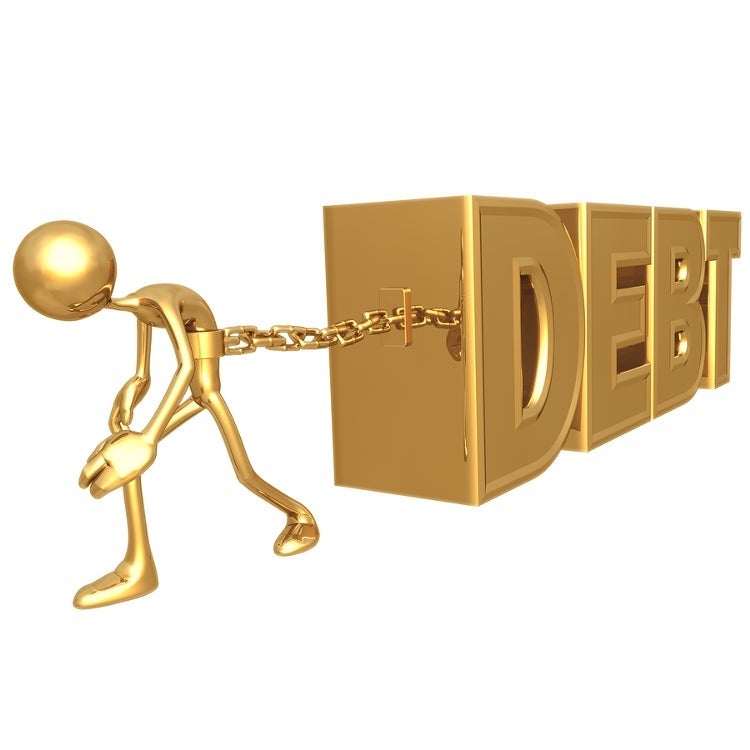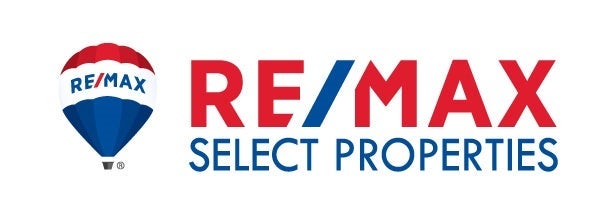
Millions of Canadians set a goal for and succeeed in paying off their credit card debt each year – is this one of your goals? With a little determination and a plan, you can take control of your credit, and improve your credit score in the process. Here’s how:
CUT THE CARDS
The first step toward reducing your credit card debt is to stop adding to it. While you don't have to literally shred your cards, you do need to stop using them routinely. Try one (or all) of the tips below to break this habit:
Carry Cash - give yourself a week cash allowance for expenditures. You'll be more aware of how much you actually spend; plus, once you run out of money, you're more apt to stop spending.
Use debit, not credit - For times when only plastic will do, use your debit card instead of your credit card.
Out of sight, out of mind - keep you credit cards at home and you'll be less likely to use them.
Think Strategically - decide on two to four credit cards with which you have a lengthy, positive history, and close any other accounts. Having a few good accounts will boost your credit score, but having too many will hurt it (and may also keep you tempted to spend money you don't have).
LOWER RATES/CUT A DEAL
Once you've got your spending under control focus on reducing your interest rates.
Negotiate rates - call up your credit card issuers and ask for a better rate. Explain that you plan to transfer the balances to another card unless your rate is lowered. Usually, borrowers with good credit scores can cut their rates by a few points - sometimes as much as 10%.
Transfer balances - consider transferring balances from cards with high interest rates to a different card. Look for offers with low introductory rates that are good for at least a full year, with relatively low rates thereafter. Read the fine print and pass up offers from cards with hidden fees or costs.
Shop around - do a little investigation work to find the best card offers. Check out www.cardweb.ca for current offers.
REDUCE YOUR DEBT
Not it's time to start chipping away at those balances. Develop a strategy and make it happen, using the following tips:
Sort it out - make a list of each credit card you have, its existing balance, minimum payment and interest rate. Use any of the online calculators listed here to help you determine which card to pay off first.
Free Online Debt Reduction Planners
CNN Money Magazine http://cgi.money.cnn.com/tools/debtplanner/debtplanner.jsp
Quicken http://www.quicken.com/planning/debt/
Develop a plan - pay as much money as you can on your card with the highest interest rate, while paying the minimum on the other cards. This additional payment on the high-rate card will help to pay off the principal faster.
Build a debt snowball - once your highest interest rate card is paid off, take the same amount you've been paying on that card and add it to the minimum payment on the card with the next highest interest rate (this is commonly referred to as "snowballing" or a debt-reduction rollover of your payments). Continue to pay the minimum on the remaining accounts, repeating the process until you're debt free.
Have a back-up - keep one low-interest card put away for emergencies, but maintain a zero monthly balance at all times by paying it off when due.
THINK AHEAD
Now that you're debt free, start thinking even further ahead:
Invest - begin to invest the same amount of money you've been applying to debt every month. You've trained yourself to live on less by paying as much as possible toward your debt each month, now take that philosophy and use it to your advantage, reinforcing that thrift must continue in order to develop a mindset of abundance.
Visualize - spend a few moments each day imagining what it will feel like to be debt-free, paying cash for every purchase, and looking forward to a comfortable retirement!
MANAGING YOUR CREDIT SCORE
A Most Important Number
It's not your social insurance number, your phone number, or your birth date. While most of us don't know this number, it essentially dictates your finances. This number is your credit score.
A credit score is a number that lenders use to help them decide "if I give this person a loan or credit card, how likely is it that I'll be paid back on time?" Also called a risk score, this number is a statistical measure of the risk that you'll be able to repay the debt as agreed.
If you're planning on making a major purchase, taking out a loan, or applying for a credit card, you're going to need a good credit rating.
If you've come to the realization that your rating isn't as positive as you had hoped, it's time to start improving it, and here's your guide to getting started:
Find out where you stand
The first step toward developing a better credit score is to determine where it currently stands. Start by checking with the two major credit reporting agencies (CRAs) listed below. You're entitled to one free report per agency, per year, and you have the right to dispute any mistakes, so request that each CRA send you a copy of your report.
Equifax www.equifax.ca
TransUnion www.transunion.ca
Figure out the facts
Credit reports in hand, take a good hard look at the data in front of you. Credit reports are rarely as spotless as you think - that one late payment on your Visa can stay on your report for up to seven years (long after you've forgotten about it). In addition, in October of 2004, CBS News reported that nearly 80% of credit reports contain at least one error, proving how vital it is to make sure that everything is accurate.
After identifying any discrepancies, you need to eliminate them. A dispute form usually is sent along with your credit report - or you can request one from the CRA's website - so fill out the form and send it back to the CRA as registered mail. Make sure you document each step that you take in clearing up your report in case you need backup later on. Fortunately, the law is on your side, stating that any item that is not verified as accurate must be removed from your report.
Call in the clean-up crew
You've cleared up any errors, but there are still a few legitimate dark spots on your report. What's a person to do now?
Clean up. Identify any debts that are still pending, and set up a plan for eliminating them. Clearing up debt can take time, which makes it even more important to get started immediately. Remember that you have the right to add remarks to your file, so take the opportunity to defend yourself and point out positive areas of your report, such as highlighting a loan that you paid on schedule.
Fix, rinse and repeat
Time is your best ally when it comes to your credit report - consistent payments (no matter how small, so long as they meet the minimum) prove that you are responsible enough to repay loans as promised; over time they will outweigh the negative points on your credit report.
Get regular - in order to avoid any ugly surprises, check your credit information regularly, especially 60 to 90 days before a major purchase (like a car or a home).
Prove reliability - while there are no quick fixes for upping your score, taking out a loan that you don't need and then paying it back in a short span of time can prove that you're a good credit risk.
Too few or too many - the ideal position is to have a few lines of credit, never more than what you could afford to pay off on your income, and with none of them maxed out. Cancel old cards that you never use, but don't max out one giant line of credit by putting your entire debt on it. Prove your self-control by having between two and four lines of credit with a minimal or no balance on each.
